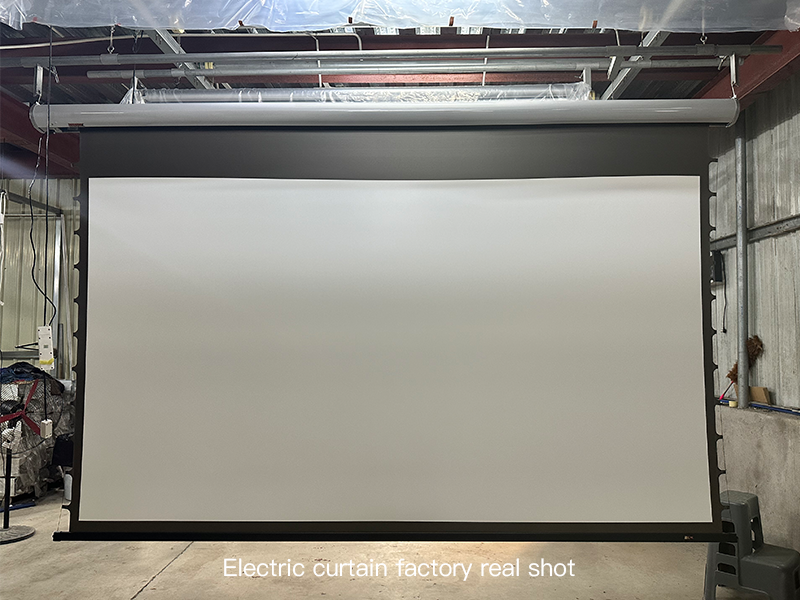

In large-scale settings such as conference rooms, product launches, opera houses, museums, stadiums, auditoriums, multimedia exhibition halls, and science and technology culture galleries, attentive audiences may notice the use of bulky engineering projectors. These devices differ significantly from standard business, educational, home, or portable projectors in several aspects. Firstly, they come with a higher price tag. Secondly, they are generally larger in size and heavier than conventional projectors. Moreover, they incorporate advanced technology, delivering more powerful performance. Lastly, they are capable of producing larger projections with superior color accuracy, sharper image quality, and stunning 3D and 4K visual effects, resulting in outstanding picture performance.
Key characteristics of engineering projectors include their ability to project over greater distances and onto larger surfaces, coupled with high brightness levels—often exceeding 6000 lumens. Many models also support multi-lamp configurations, enhancing their adaptability to diverse and large-scale installation environments. This makes them well-suited for applications in education, media, and government sectors. Another important feature is the use of motorized lenses, which employ lens shift technology. In practical engineering scenarios, where the projector’s position may be fixed, the lens can be adjusted vertically or horizontally to achieve the desired projection alignment.

Additionally, engineering projectors are commonly equipped with dual or even multiple lamps—some high-end models feature up to eight lamps. The purpose of this design is to ensure continuous operation: if one lamp fails, the others can maintain functionality unless multiple lamps malfunction simultaneously. This redundancy is critical for meeting the reliability demands of professional applications.
Network control capability is another essential trait. Engineering projectors are typically designed with an RJ45 port, allowing them to be monitored and controlled remotely over a network. This includes powering the device on or off and checking operational status. Furthermore, the lenses on these projectors are often interchangeable. Depending on project requirements, users can opt for long-throw or short-throw lenses, adding a layer of flexibility and user-friendly design.


Based on the type of light source technology used, engineering projectors may employ LCD, DLP, D-ILA, sRGB, or CRT systems. LCD projectors can be divided into those using liquid crystal panels and those using liquid crystal light valves, with further classification into single-chip and three-chip models. Three-chip LCD projectors work by projecting light through three panels onto the screen to form a color image, while single-chip versions tend to have shorter lamp life, less uniform color distribution, and lower resolution.
DLP projection technology, on the other hand, is based on a fully digital reflective mechanism. It offers advantages such as high contrast, uniform brightness, stable image quality, and precise digital rendering. D-ILA projectors excel in providing high resolution and exceptional contrast ratios while utilizing light sources more efficiently, thereby achieving greater brightness output. sRGB projectors help standardize color reproduction across different display systems, ensuring consistent and accurate image representation. CRT projectors are characterized by their convergence capabilities (both static and dynamic) and focusing mechanisms (electrostatic, magnetic, or electromagnetic). However, they suffer from drawbacks such as low brightness, complex operation, large physical size, and demanding installation conditions.
It is worth noting that for single-screen projection setups, LCD digital projectors may be sufficient. However, for blended or multi-screen installations, digital projectors are often recommended due to their ease of maintenance, consistent color performance, and reliable operation over time without color shifting.
With ongoing technological advancements, laser and HLD light source projections have become increasingly mature. These types of engineering projectors are mid-range in price and offer extended lamp life with consistent brightness levels over time, avoiding the gradual decline in output typical of traditional lamp-based systems. Most importantly, because laser and HLD are cold light sources, they generate less heat, reducing wear and tear on the device and significantly extending the projector’s operational lifespan. As a result, projectors using these technologies offer a superior cost-performance ratio.


